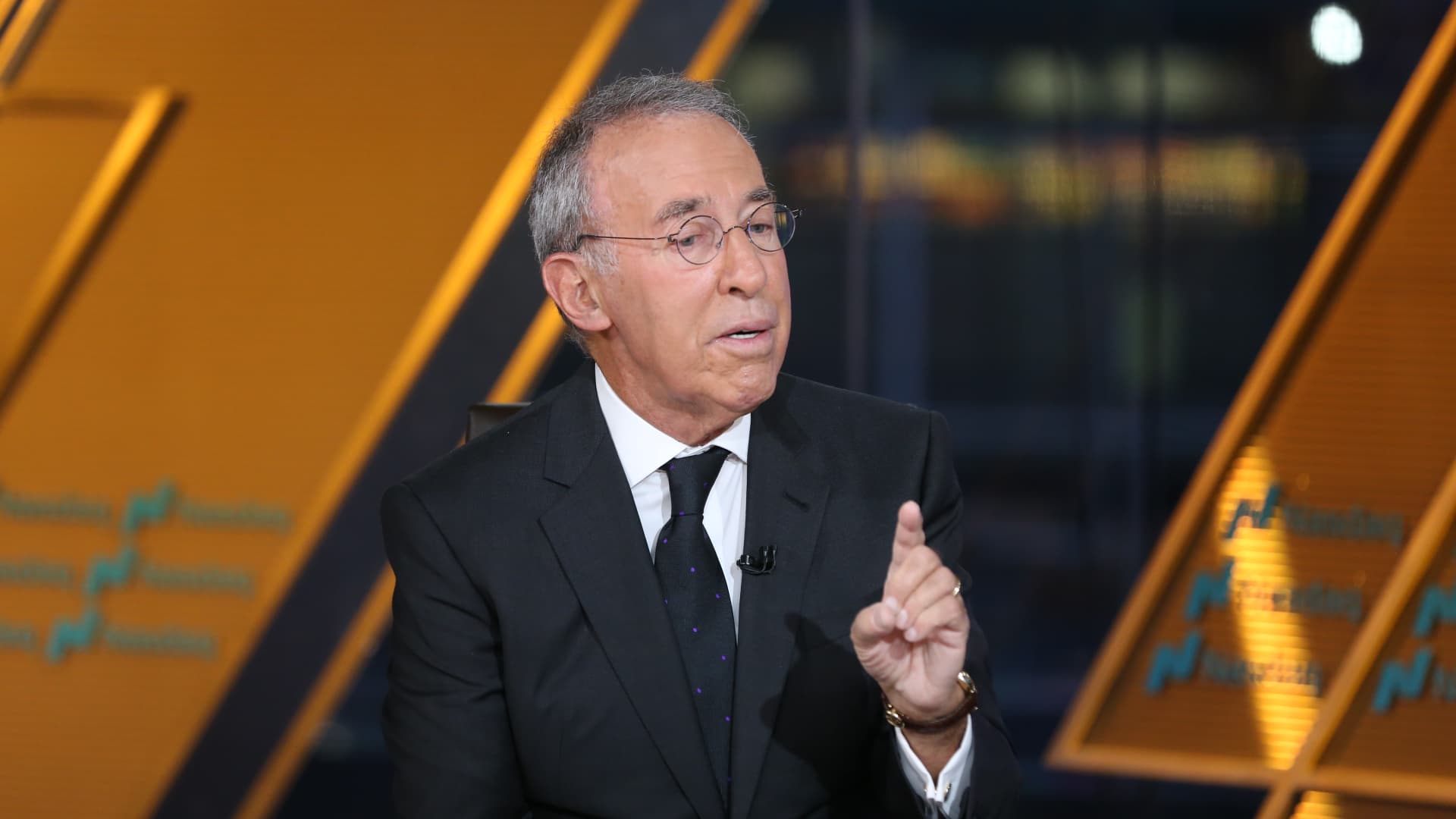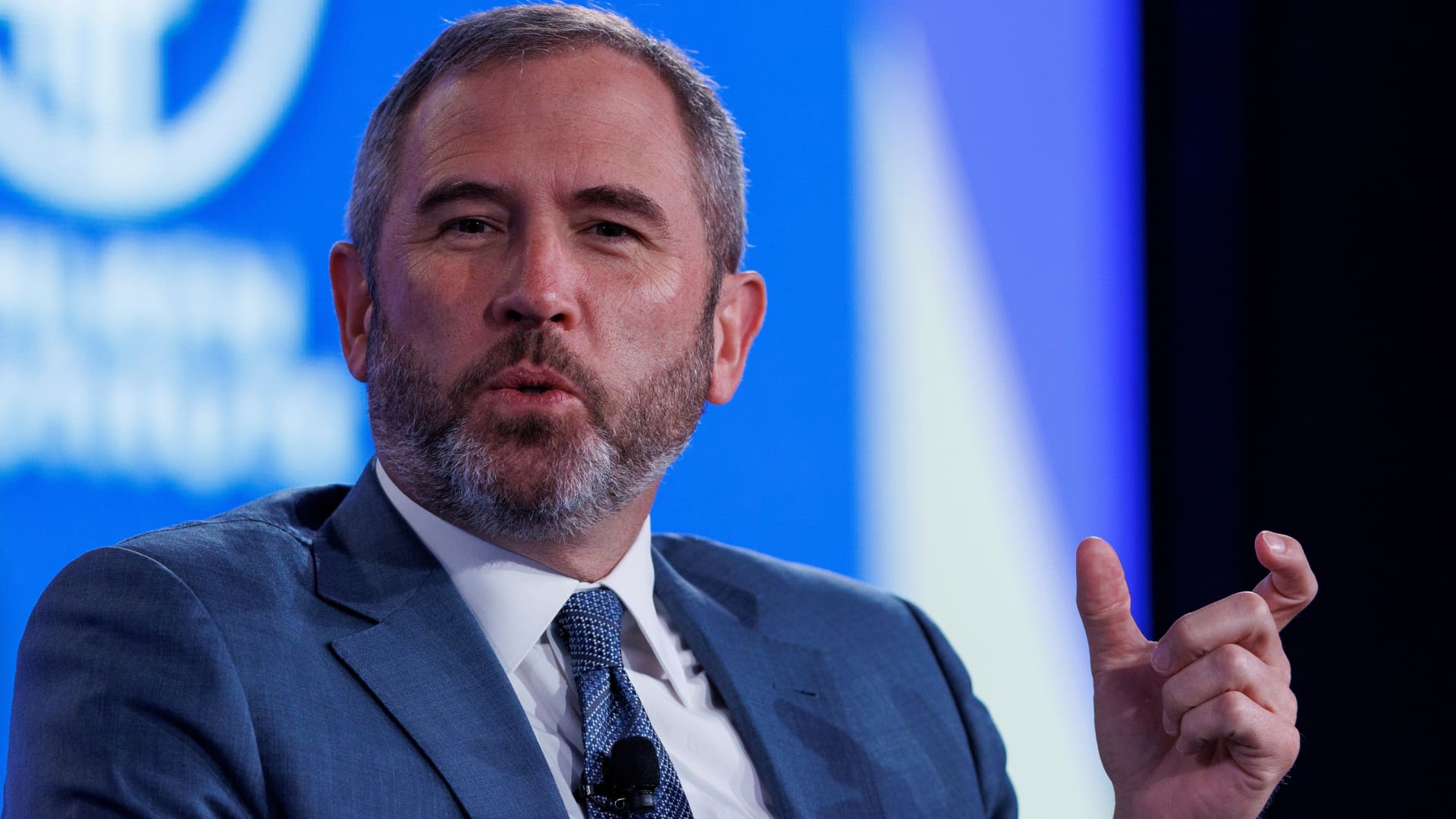UK inflation picks up to hotter-than-expected 3.8% in July


The U.K.’s annual inflation rate hit a hotter-than-expected 3.8%in July, according to data released by the Office for National Statistics (ONS) on Wednesday.
Economists polled by Reuters had anticipated inflation would reach 3.7% in the twelve months to July, after it picked up to 3.6% in June, exceeding forecasts.
July core inflation, which excludes more volatile energy, food, alcohol and tobacco prices, rose by an annual 3.8%, up from 3.7% in the twelve months to June.
The rise in inflation pushed the consumer price index to its highest annual rate since the beginning of last year, Grant Fitzner, chief economist at the ONS, commented Wednesday.
“The main driver was a hefty increase in air fares, the largest July rise since collection of air fares changed from quarterly to monthly in 2001. This increase was likely due to the timing of this year’s school holidays,” he noted in a post on the X social media platform.
“The price of petrol and diesel also increased this month, compared with a drop this time last year. Food price inflation continues to climb, with items such as coffee, fresh orange juice, meat and chocolate seeing the biggest rises,” he added.
U.K. Chancellor Rachel Reeves responded Wednesday that there was more to do to ease the cost of living.
“We have taken the decisions needed to stabilise the public finances, and we’re a long way from the double-digit inflation we saw under the previous government, but there’s more to do,” she said in emailed comments.
The British pound was largely steady against the dollar following the data release, trading at $1.3489.
Services inflation gained to 5% in July from 4.7% in the previous month. The print is seen as another obstacle in the Bank of England’s attempts to tame inflation, analysts say, as service-focused businesses raise prices to cover the costs of rising wages and the recent hike to National Insurance contributions.
The higher July reading also diminishes the chance of any further interest rate cut by the Bank of England this year.
“I’m annoyed about the services inflation, it’s looking sticky, and given the importance of services to the U.K. economy I look at that and think, if the MPC [the central bank’s monetary policy committee] is looking at that as well — and I’m sure that they are — the chance of a rate cut in November are vanishingly small,” James Sproule, chief U.K. economist at Handelsbanken, told CNBC’s Squawk Box Europe.
Inflation peak predicted
The latest data comes after the Bank of England earlier this month voted by a fine margin to cut interest rates from 4.25% to 4%, as the central bank resumed what it describes as a “gradual and careful” approach to monetary easing.
While the BOE was widely expected to trim rates by 25 basis points at the time, traders and economists were keen to see the breakdown of support for the move. In the end, policymakers had to vote twice on the rate cut decision, and a majority of 5-4 opted to cut.
BOE policy committee members have had to weigh up sticky inflation with a cooling jobs market and lackluster but slightly recovering growth. GDP data out last week showed a surprise 0.3% expansion in the second quarter.
The BOE is watching inflation data closely, after forecasting the consumer price index could peak at 4% in September before retreating in the early half of 2026.
In Deutsche Bank’s estimates, Britain remains “a sliver away” from an annual inflation rate of 4%.
“We expect price pressures to soften in the fourth quarter of 2025, however, tracking closer to 3.5% y-o-y [year-on-year] by year-end,” Sanjay Raja, senior economist at the German lender, said in emailed comments Friday.
“Moreover, we do expect price pressures to ease further next year. On our models, we have headline CPI slipping to just around 2.75% y-o-y in the second quarter of 2026, before landing closer to 2.25% y-o-y in the fourth quarter of 2026. Bigger picture, we think the road to achieving a 2% landing next year is narrowing. Indeed, we see more upside pressures building around our projections,” he noted.









